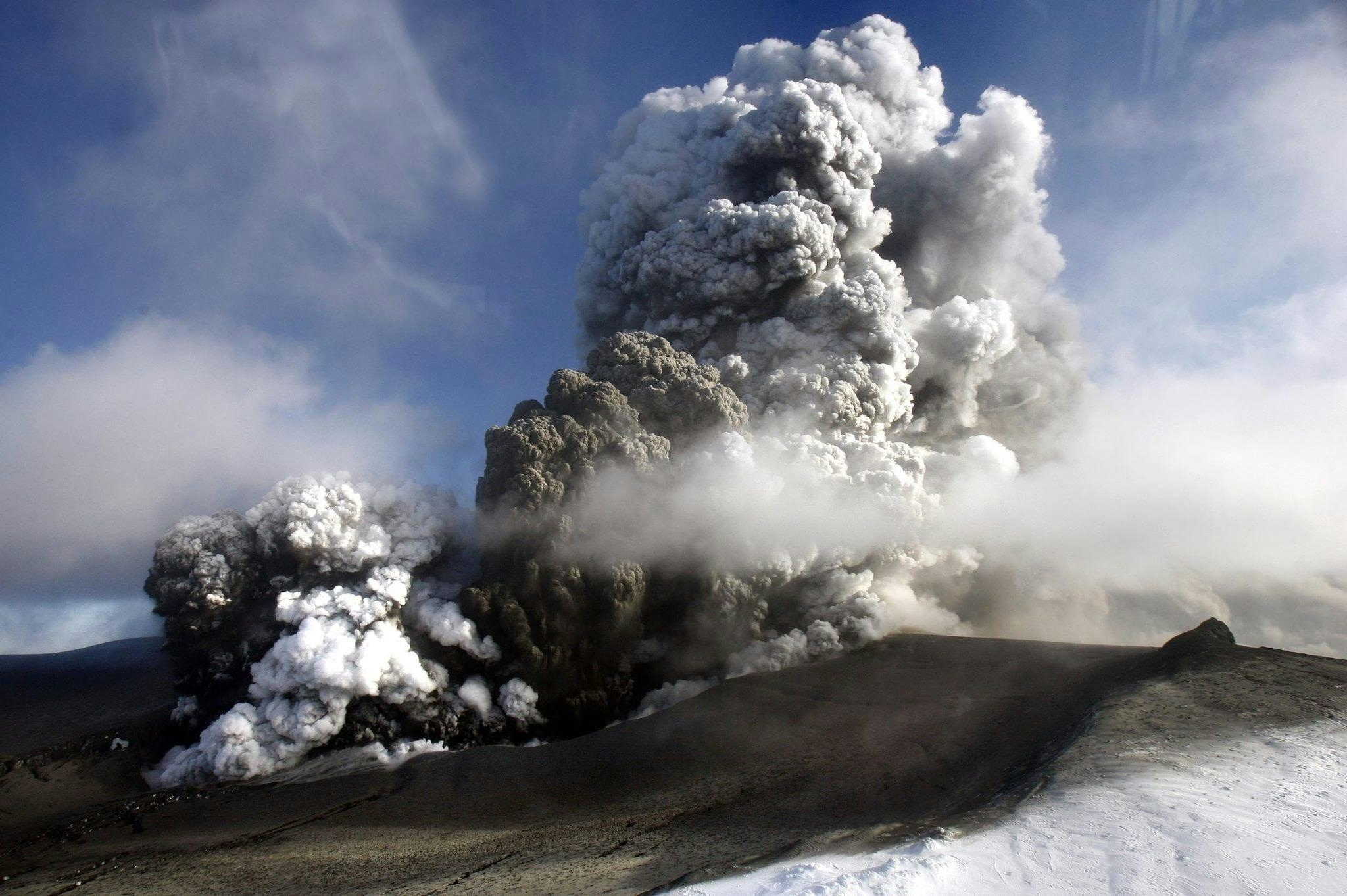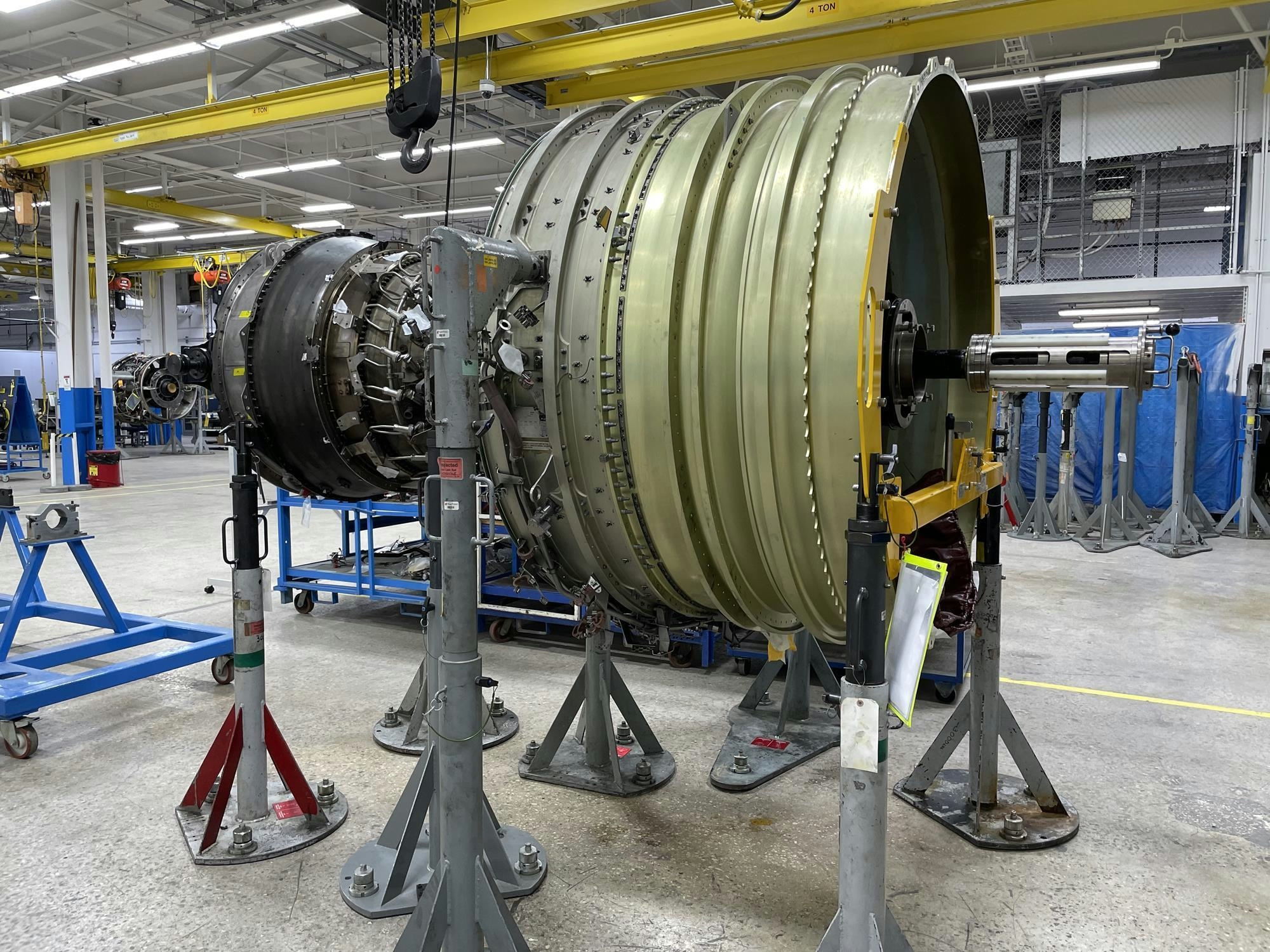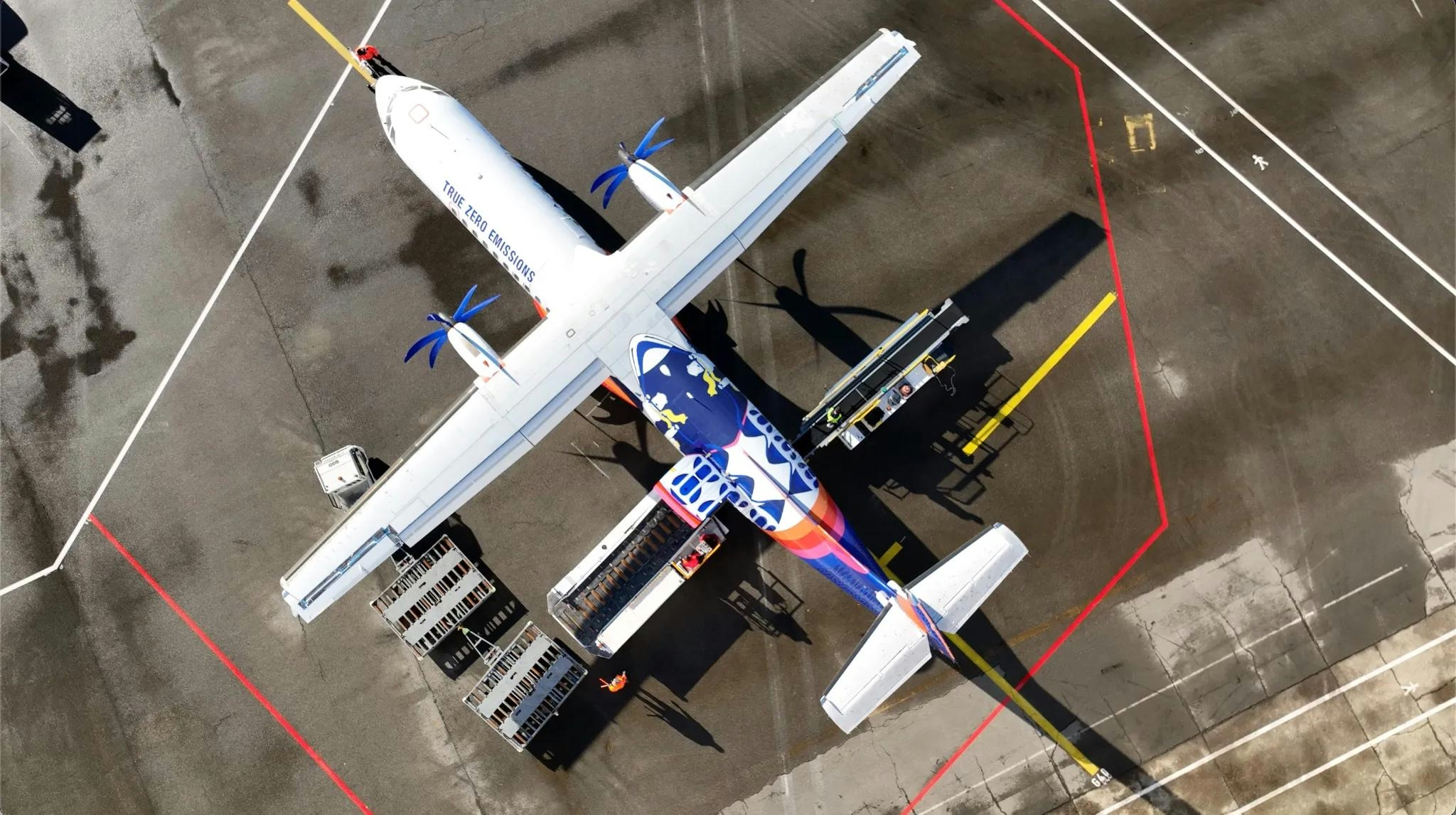
AeroGenie – Ihr intelligenter Copilot.
Trends
Categories
How Volcanic Ash Disrupts Aircraft Engines

How Volcanic Ash Disrupts Aircraft Engines
Recent Disruptions from the Hayli Gubbi Volcano
Ash clouds originating from Ethiopia’s Hayli Gubbi volcano have recently caused significant disruptions to air travel across India and are now drifting toward China, raising renewed concerns about aviation safety. According to the India Meteorological Department (IMD), the ash affected several regions including Gujarat, Delhi-NCR, Rajasthan, Punjab, and Haryana. The IMD has forecast that the ash clouds will clear Indian airspace by Tuesday evening. Mrutyunjay Mohapatra, Director General of the IMD, confirmed that the ash plume is moving away and is expected to dissipate by 7:30 pm.
The eruption, which took place on Sunday in Ethiopia’s Afar region, propelled a massive ash plume approximately 14 kilometers into the atmosphere. This plume traveled eastward, crossing the Red Sea and reaching the Arabian Peninsula before moving over the Indian subcontinent. In response, the Directorate General of Civil Aviation (DGCA) issued advisories to airlines and airports, urging them to avoid ash-affected airspace and adjust flight routes accordingly. Similar disruptions have been reported in other parts of the world; for instance, over 30 flights were canceled in Japan due to volcanic ash. Satellite imagery, such as that provided by Sentinel-2, has proven invaluable in tracking ash plumes from eruptions like Chile’s Planchón-Peteroa volcano, aiding authorities in managing aviation risks.
The Hazards of Volcanic Ash to Aircraft Engines
Volcanic ash is far more than ordinary dust; it is a complex and hazardous mixture composed of pulverized rock, glass particles, silica-rich minerals, traces of metals, and acidic gases. These components are extremely hard and abrasive, and they do not melt easily, which makes them particularly dangerous to modern jet engines.
Aviation experts emphasize that even seemingly minor ash clouds can cause severe damage within minutes. One of the primary risks is engine failure. At the high operating temperatures of jet engines—exceeding 1,400°C—ash particles can melt and then re-solidify on cooler engine components such as turbine blades. This process forms a glassy coating that restricts airflow, leading to a loss of thrust and potentially causing the engine to stall. Additionally, before melting, ash acts like sandpaper, eroding compressor blades, damaging windscreens, and destroying critical sensors such as pitot tubes. This abrasion can reduce engine efficiency or cause flameouts. Furthermore, ash particles can infiltrate cooling passages and contaminate fuel systems, resulting in overheating, compressor surges, or complete engine shutdown.
Detection Challenges and Operational Consequences
One of the most insidious aspects of volcanic ash clouds is their invisibility to standard aircraft weather radar, which detects moisture rather than dry particles. Pilots may inadvertently enter ash clouds, often only becoming aware of the danger when visual phenomena such as static discharges resembling St. Elmo’s fire appear on the windscreen.
The operational impact of volcanic ash is profound. Airlines are frequently compelled to cancel or reroute flights, as demonstrated by recent events in India and Japan. These disruptions can cascade through global supply chains, causing delays and increasing insurance costs. In response, airlines and regulatory bodies are enhancing monitoring systems and developing contingency plans to mitigate the effects of future ash events.
Satellite monitoring has become an essential tool in tracking the movement of volcanic ash, enabling authorities to issue timely advisories and reduce risks to aviation. As volcanic activity continues to challenge the industry, aviation stakeholders remain vigilant, prioritizing safety and operational resilience.

Ethiopia Volcanic Ash Plume Poses Risk to Aviation, DGCA Issues Warning

SIA Engineering and Safran to Expand LEAP Engine Maintenance Partnership

Korean Air to Build New MRO Facility at Seoul Incheon Airport

The Continued Importance of Charter Flight Cost and Time Estimators for Business Aviation

Pivot Airlines to Acquire First DHC-8-Q300 Aircraft

Global Aviation Market Projected to Reach $524 Billion by 2030

Boeing Subsidiary Unveils Pilotless Air Taxi

Horizon Progresses Cavorite X7 Toward IFR-Certified Flight

Comparing the Costs of the Boeing 747 and 787
